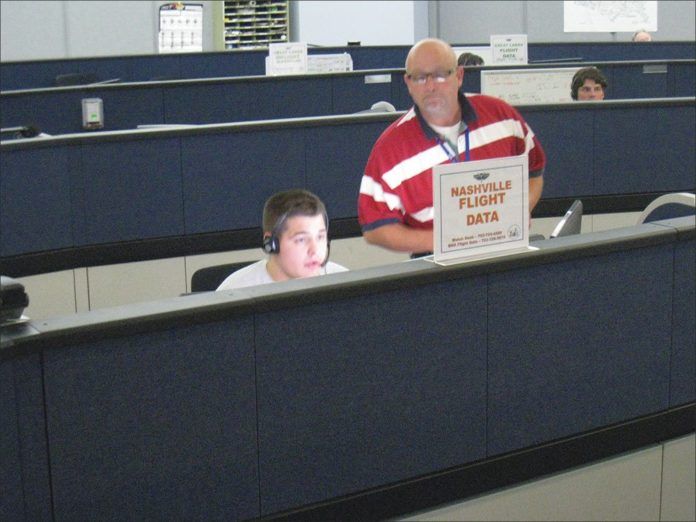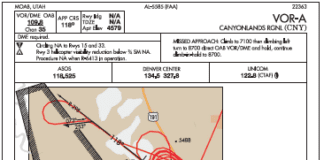We got our day to grill Lockheed Martin about Flight Service. The takeaway is to expect some new preflight services in the future, but no relief on some common gripes.
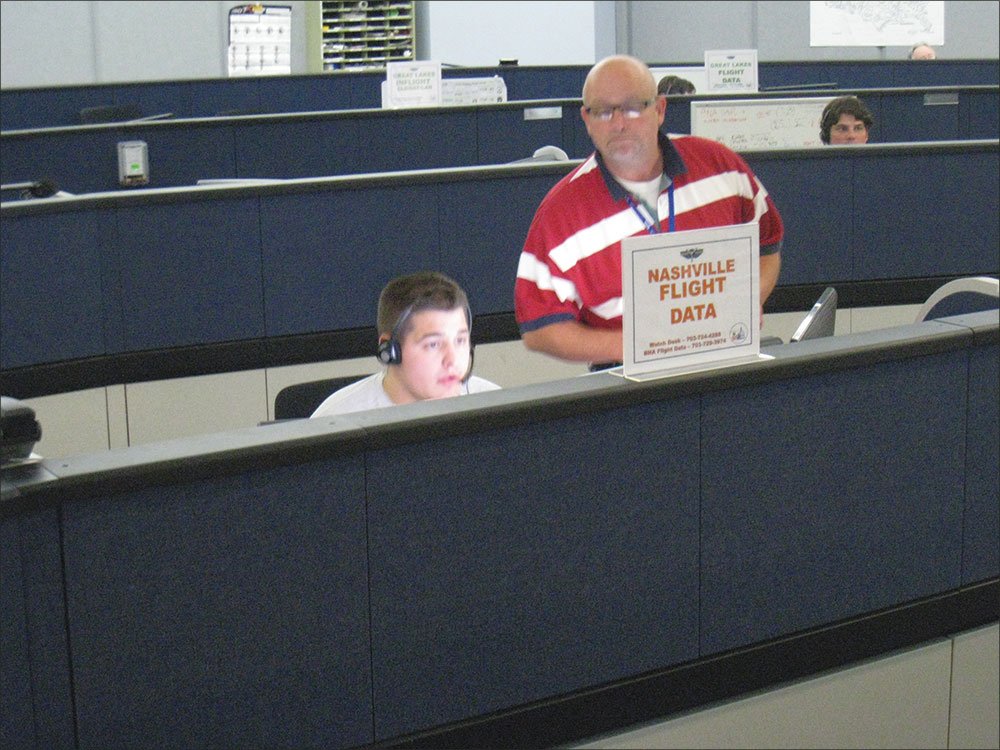
For those of you who haven’t been following our little IFR soap opera with Lockheed Martin over Flight Service, here’s the nutshell summary: We visited the under-construction Virginia hub of LM’s Flight Service in 2006. It looked promising. We looked again in 2008 after the program fell on its face and was working to resurrect itself.
More recently, we penned a few acerbic editorials, which got us onto LM’s persona-non-grata list and torpedoed a planned follow-up visit in 2011. For all the details, check out “Where is Our FS21?” in the May 2012 issue of IFR. As we indicated in that article, LM did finally agree to meet with us in person.
Across the Table
Program Director for Aviation Services Jim Derr and Director of Flight Service Ops J.J. Gronwold cordoned off several hours of their day to face the issues. While the conversation was a bit strained at times, it was more cordial than heated, more productive than defensive, and left us feeling cautiously optimistic on a few points, while resigned on others.
It was clear from the start, however, that LM and IFR have fundamentally different perceptions as to how useful and relevant a service LM is providing, and how many pilots are using the service. Derr cited FAA metrics and twe reviews where FS performance was being measured favorably.
The FAA metrics are built into the contract, and include things like response time, pilots served, accuracy of PIREPS, accuracy of pilot weather briefings, and operational deviations or errors (more on that in a bit). These are standards LM must meet to get its pay. Fail any and they get a monetary penalty.
We thought they had been exceeding these standards for years now. It turns out there have been fails as recently as last year. Derr indicated this was an indication that the standards are tough—higher than anything expected of FS under the FAA. He has a point, and we agree that items like phone response time are far better than they used to be.
The next two reviews were by survey, both an internal one performed on many government agencies and contractors, and a pilot survey conducted by AOPA. LM consistently scores head and shoulders above the government-agency average. But that’s like saying you climbed the highest hill in central Nebraska. The AOPA study is perhaps more telling, with 75 percent of respondents using Flight Service and overall good satisfaction with the service itself. “We were surprised [the percentage using FSS] was that high,” said Derr.
How can this be when our polls of readers show usage under 50 percent at best? A skewed user-base is most likely. FS standard briefings as they stand today best serve less-experienced pilots flying local or short-haul flights. This probably represents the majority of pilots, but not the majority of IFR or AVweb readers. It’s also probably not a majority of use of the national airspace by GA, in which case FS is underserving a minority of pilots who do the majority of the flying.
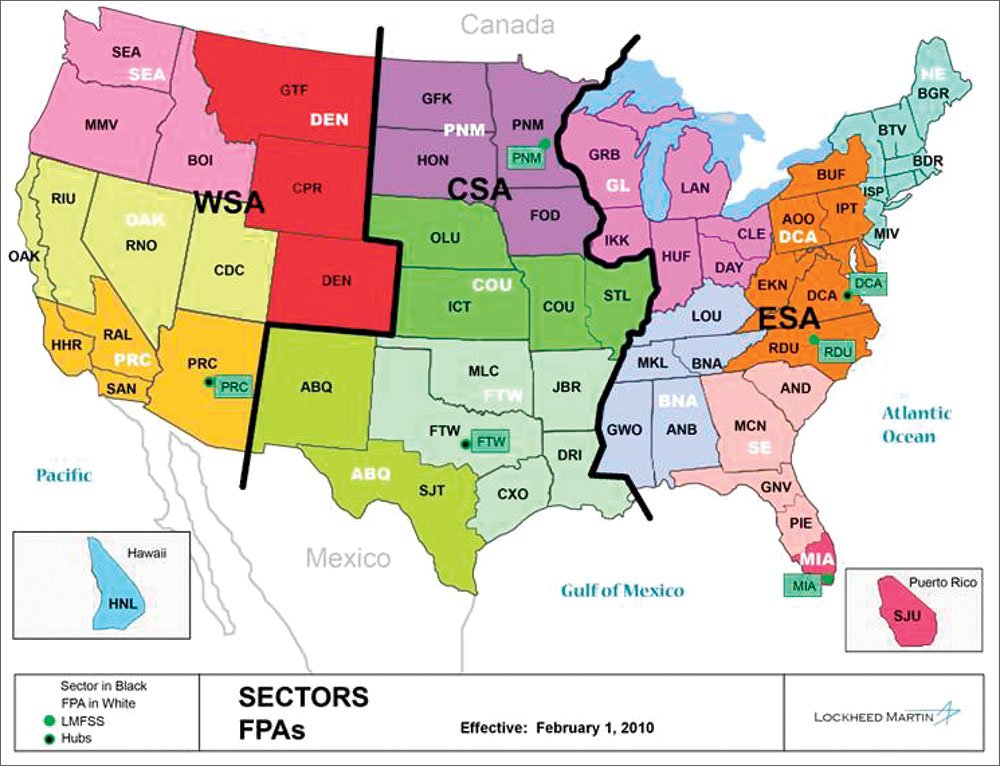
Derr and Gronwold agreed that may be true, and hinted that it was a pilot population they might serve better in the future. Because LM’s contract is a fixed fee for services, we asked point blank if there was a tacit financial incentive to subtly discourage pilots from using the system. This would reduce the need for expensive staff.
LM told us the usage is decreasing in proportion to the overall GA decline and that the contracted amounts for pilot services also drop on the same curve each year. “If pilot usage was declining faster than that, the FAA would be looking into it right away,” says Gronwold.
One of the FAA metrics is how LM responds to complaints. Gronwold pointed out that the number of complaints has plummeted. In 2007, they saw about 500 validated complaints. These days it’s about 75 in a year.
FS makes about 3,000,000 pilot contacts in a year, so that’s a complaint ration of about 0.0025 percent. We think that’s so low that it’s indicative of a hurdle in making the complaint in the first place. Derr and Gronwold told us the primary conduit for feedback was www.afss.com. We countered that it was pretty unlikely a pilot was going to get off a bad briefing and bother to log in to a website to file a complaint. We also tried that website some days after our interview and found it only works under Windows. Perhaps Mac and iPad users should file a complaint about that.
Pilots can also complain right on the phone by asking for a supervisor, but it’s an unusual soul who’s willing to complain directly to a human being perceived to be an arm of the government.
In fairness, the complaints with LM’s service center around preflight briefings and clearances, but they perform several other services. We ended up talking to a briefer about a lost pilot he had been talking to only minutes before, coordinating several briefers and controllers in an effort to help the guy find his own location. Search and rescue is still partly a Flight Service function.
Obstacles to Satisfaction
A continuing beef we hear from pilots is that a standard weather briefing doesn’t offer any more useful information than what pilots can get on their own. LM didn’t argue that per se, but Gronwold countered that it may be an issue of expectation level from more experienced pilots. Shouldn’t experienced pilots expect services matching their level of ability and need?
“We need to be addressing multi-modal flight service,” said Derr. LM recognizes that many pilots are “hybrid users,” calling for a briefing after having gotten much of the information on their own, and that standard briefings aren’t the best tool for these pilots.
But LM sticks by its belief that the briefing service is as good as it ever was.
“Today almost all of our briefers have at least three to five year’s seasoning. That’s three to five years of summers and winters.” There are also still some briefers who came from the FAA with 25 years experience.
LM tells us briefing quality is judged objectively against the FAA’s order 7110.10 (the FSS’s version of the ATC bible 7110.65) via a dedicated form, and by supervisors listening in on calls. They don’t see any problem here. We asked about an incentive program for briefers who deliver exceptional service. There is none. In fact, the benefits for briefers (quite comfortable for the job) are strictly regulated by their union contract.
A related gripe from old timers is that local weather knowledge for different regions of the country has been lost with consolidation. LM’s plan to handle this was dividing the country up into Areas of Responsibility (AORs). The idea was that every Flight Service Specialist would get 10 weeks of general training and then get an extra six weeks training in two AORs, a primary area and an adjoining secondary area. “These days 94-95 percent of calls hit their AOR,” says Gronwold, meaning that only about five percent of pilots choose not to wait for a specialist with at least some additional expertise.
Frankly, it’s hard to imagine someone trained for an extra couple of hours on an area knows it like someone who was actually living there for years. Perhaps this comes back to expectations: In the new world of FSS, some things just aren’t practical. LM says they only get about a dozen complaints a year on local-knowledge problems. But then we’ve already seen that may be a poor measure of satisfaction.
Another issue is the tedious readback Flight Service specialists require for clearances and PIREPs. It’s not just pilots that complain. Controllers issuing the clearances to Flight Service that will be relayed to you by phone suffer through the same spelling out of fixes or reading back of PIREPs. And they do it while trying to handle live traffic with their other ear.
Don’t expect relief here. Just like controllers, Flight Service specialists get in trouble for operational deviations (OD) and the more serious operational errors (OE). An OD might be failing to notify a pilot of a runway closure. An OE would be something like failing to brief a TFR or screwing up a clearance such that there was a loss of separation. The readbacks are an effort to cut the number of ODs and OEs, and the effort seems to be working.
Note to pilots: If the FAA comes after you for a pilot deviation and you think it was the result of a bad briefing, tell the FAA and LM. All interactions are recorded and they will pull the tapes just like they would with ATC. If it really was a lapse by the controller, the deviation will move from you to him or her.
To be fair to Flight Service, they feel your pain on this. Both Derr and Gronwold agreed the heart of the problem is the antiquated system we have for relaying information between the FAA and FSS: a phone call that inevitably interrupts someone’s work flow. They pointed to NextGen as a promise for a fix here. In other words, there’s little hope for change any time soon.
Promises, Then and Now
One of the promises LM made when taking over the FSS contract was an internet portal where pilots and briefers could screen-share for a better briefing. This could go a long way toward making FSS briefings a better tool for more experienced pilots and supporting the hybrid use that LM itself says is a weak point.
“That services was removed from the contract last year,” Derr told us. We pressed for reasons and got, “Let’s just say that we were working with the FAA on it and it was a mutual decision.” We were appalled, and pressed for details. Derr deferred, citing projects that were in the pipeline but couldn’t be revealed “for competitive reasons.” He hinted at some of these new projects being revealed this summer.
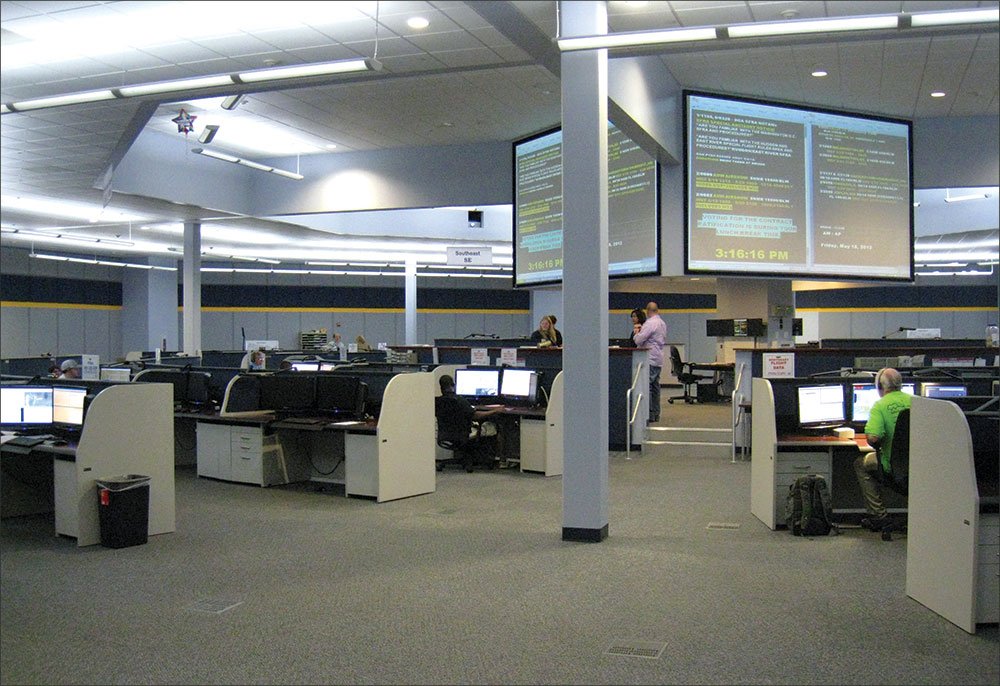
But competitive against who? LM has an exclusive contract for the Flight Service functions. Derr pointed out that “This program doesn’t go forever. There are a lot of hungry companies that would like to have a contract as interesting as ours. That’s OK, because the best should win.”
Let’s not lose track of who judges a win here. Multiple times during our interview, Derr referred to LM’s “customer.” That customer is the FAA. When we challenged this, he backpedaled a bit, saying there were many customers, primarily the FAA but also end-users.
“We don’t guzzle our own bathwater,” said Derr. “It’s not fun reading the comments from those [pilots] not using the system. We do have people come up to us [at events like Oshkosh] and say, ‘You suck.’ That’s not fun. But the number of positive comments is going up.”
Election Year 2015
As we were finishing our interview, LM told us that many of our questions and comments about pilot usage validated their brainstorming on how they could improve the service. What materializes in the real world from that brainstorming has yet to be seen. Given how previous promises have been slow in coming—or struck from the deal after the ink was dry—we’re not bubbling in anticipation.
But at the same time, we walk away from this meeting and our tour of the facility feeling that the people in this corner of LM honestly want to make this the best service they can. It’s only three years until “the customer” either renews this deal or selects a different vendor. With so few pilots making complaints or compliments, every voice could help sway that balance. It’s not like any of us don’t know what number to call.
Jeff Van West will give FS another chance once they tip their hand about these new products. We’ll see how that goes.


